[A version of this article originally appeared in Cycle World magazine]Legendary motorcycle designer Miguel Galluzzi is as refreshingly direct as his most famous creation, the Ducati M900 ‘Monster’. When it was released in 1993, the bare-bones Monster was considered revolutionary, which speaks more about 1990s sportbike design than its status as the ‘first naked bike’. Regardless that motorcycle history was, like Eden, pretty much all naked, the mantra of ‘90s sporting motorcycles was all-plastic-everything, and Galluzzi landed in the thick of it, after a stint designing cars at GM/Opel in Germany. “I was getting fed up with the car business; each project took 10 years to develop – just too long. My boss Hideo Kodama heard that Soichiro Honda wanted a Honda motorcycle design studio in Milan, to understand how things were done in Italy. They hired me to start the studio in 1987”.

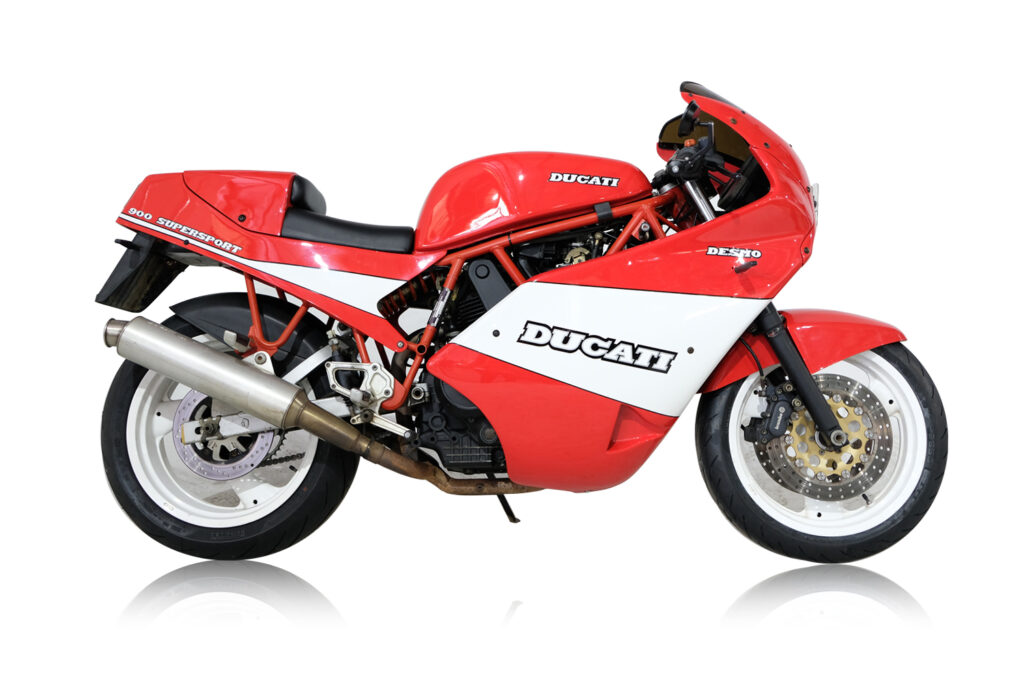
Artists have been messing around with Xerox machines since they were invented, so it’s only appropriate a legendary motorcycle design was developed on Xerox too. Enjoy ‘Photocopy Cha Cha’ (2001) by Chel White, a film made entirely from sheets of color Xerox paper. [Bent Image Lab]
The Monster’s birth was midwifed by an early ‘90s high tech device – a color copier. “We had the first color Xerox machine at our office, so I copied magazine photos of a bare chassis, and drew some simple lines with minimal bodywork, like bikes had been since the beginning of time. The form of what a bike should be; just enough to enjoy the ride.” In the summer of 1990 Galluzzi asked his boss if he could pick up some parts at Ducati. The 851 had just come out, and it was blowing people’s minds – the first twin-cylinder sportbike that could rev to 10,000 RPM. “I built a raw special using all factory parts, but the 4V engine was too expensive for my project. But we had plenty of 900ss motors lying around; it was affordable stuff, which meant a bike could be much cheaper. That was the beginning of the Monster”.
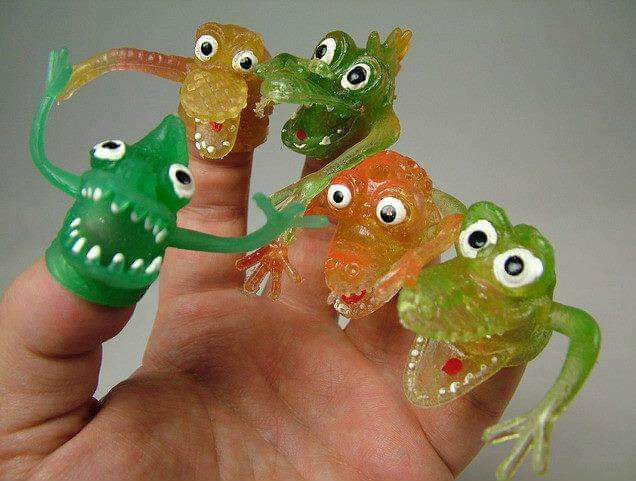
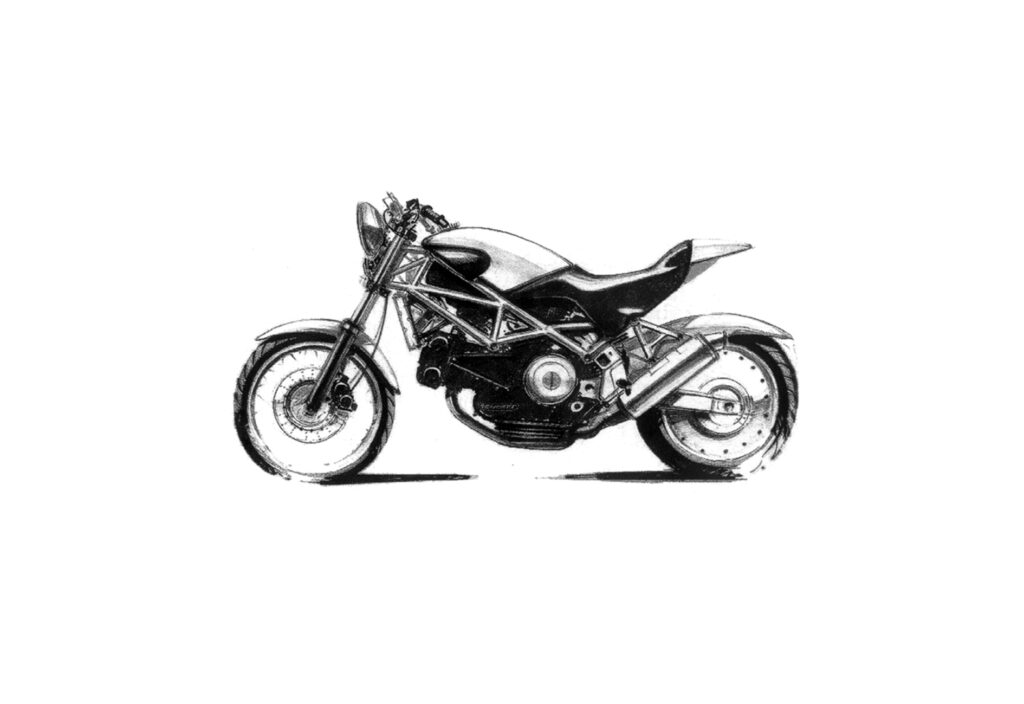
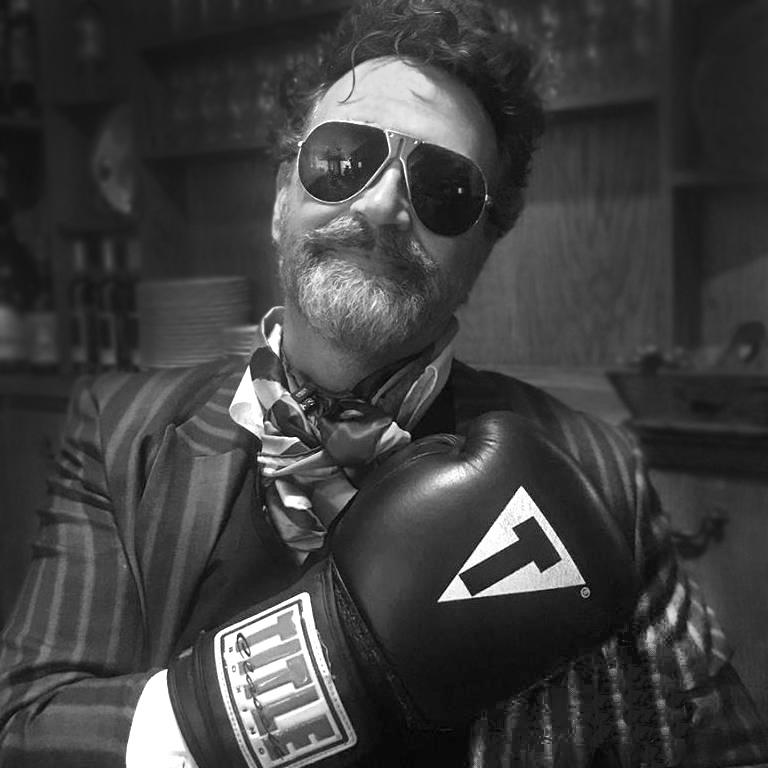

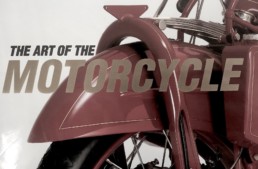
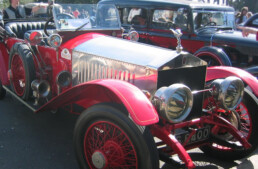
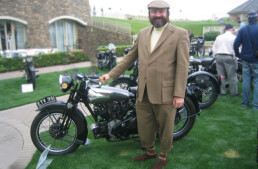
Ahhh … the Duc il Monstro … in all its guises and engines … custom or stock … still a winner in my book . Pair it with .the Alfa Romeo Monster ( coupe or spider ) and you’ve the Italian Stallion duo to be reckoned with … assuming that is .. like me … you have an affinity for what the French call … Jolie Laide
Ecco … basta … ciao
😎
Ahhh … one more comment …
Too bad Gonzo artist Ralph Steadman isn’t taking commissions any more ( and even if he did it’d cost a mighty fortune )
.. cause I’d love to see his interpretation of HST’s ” Sausage Creature ” like he did back in the day for CW … only this time … a ‘ Sausage Creature ” monster … on a Duc Il Monstro
How apposite is that !?!?!
Ciao … 😎